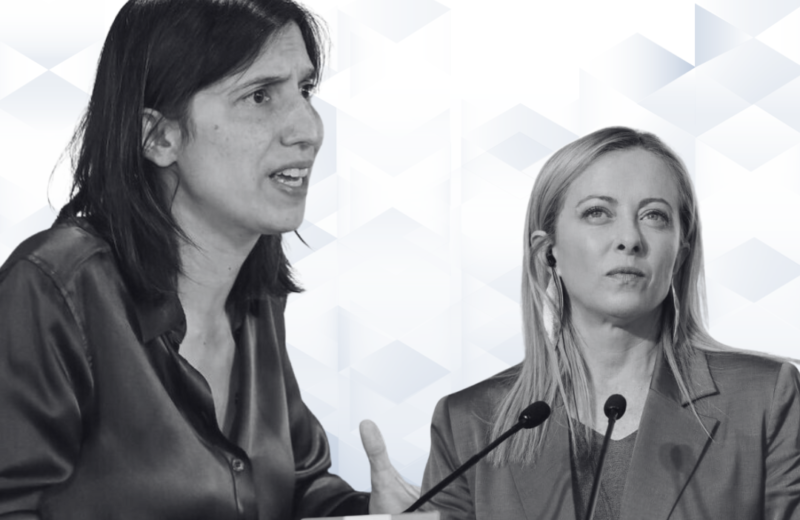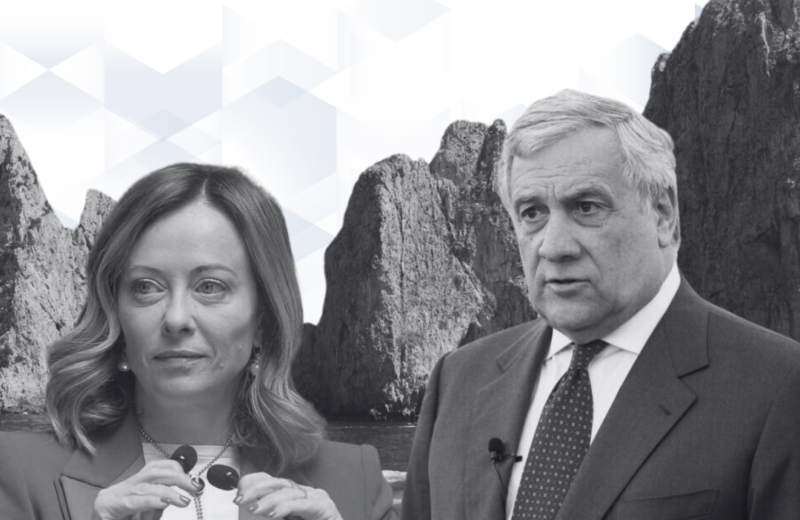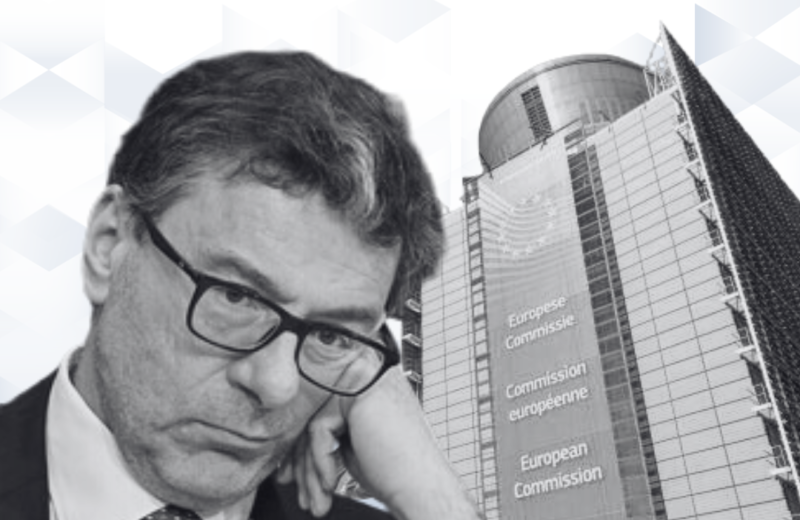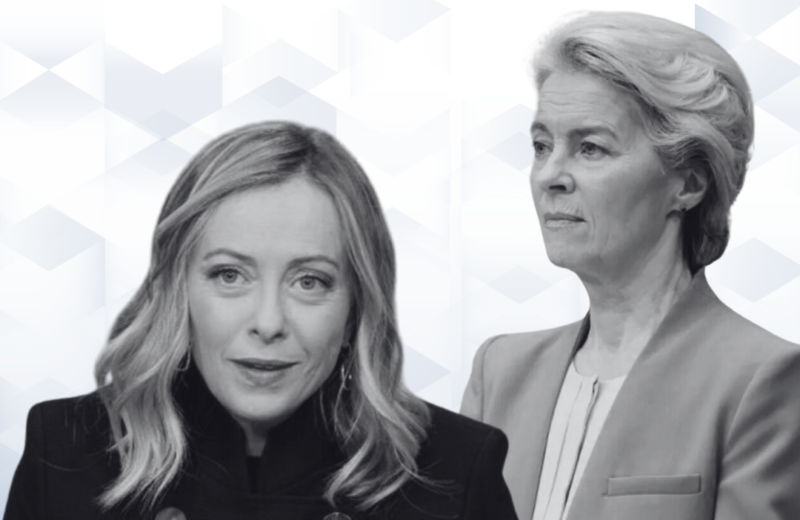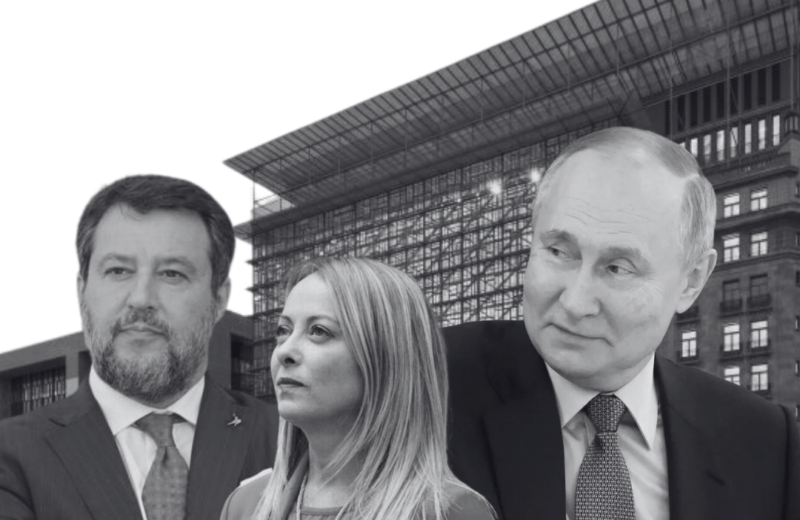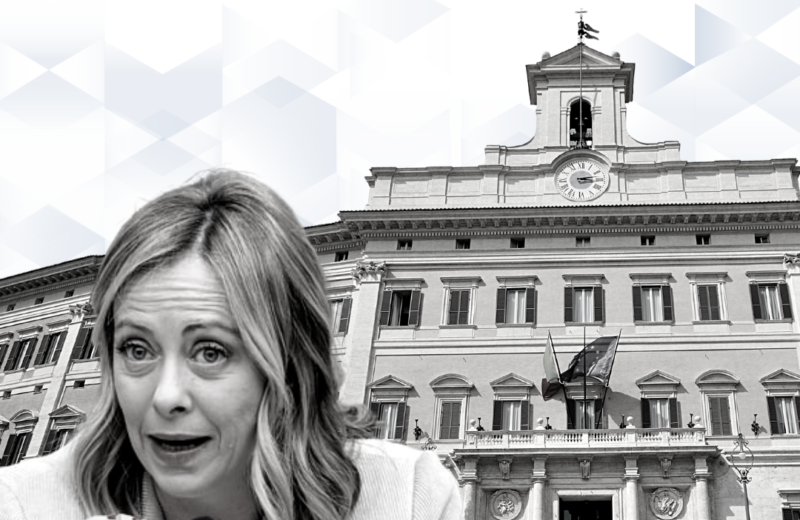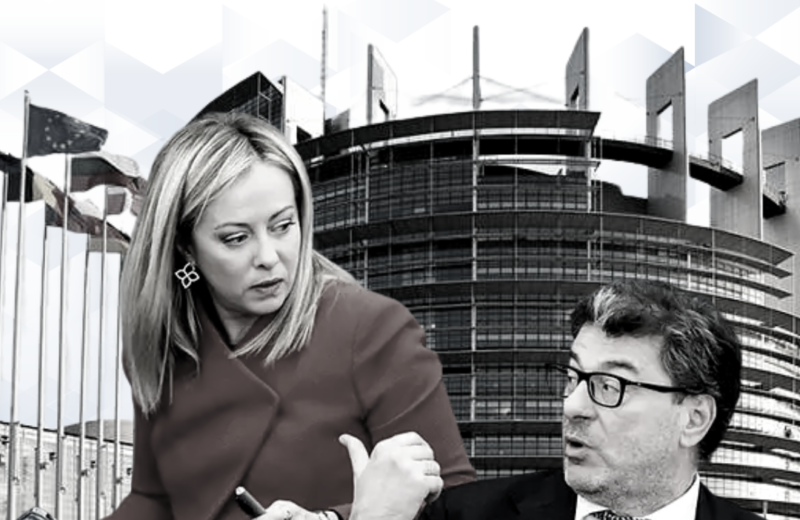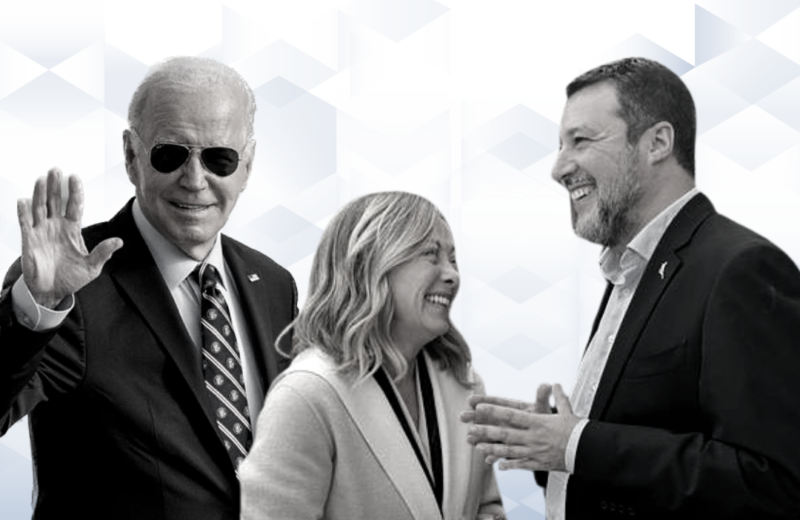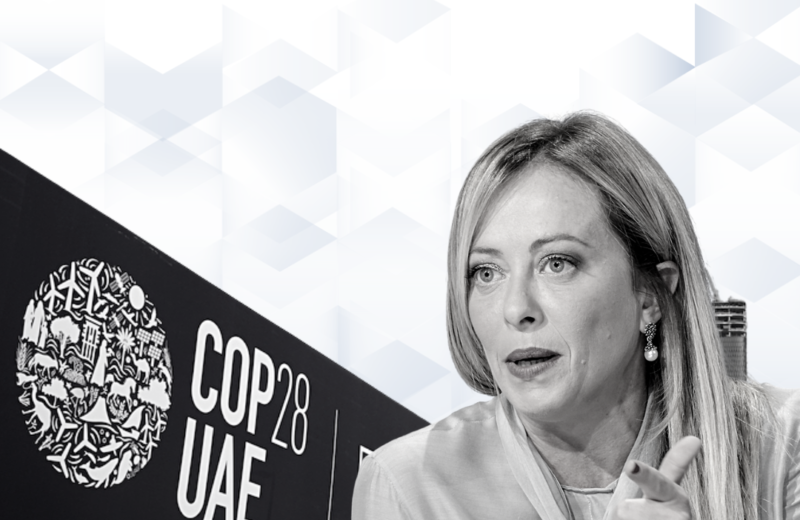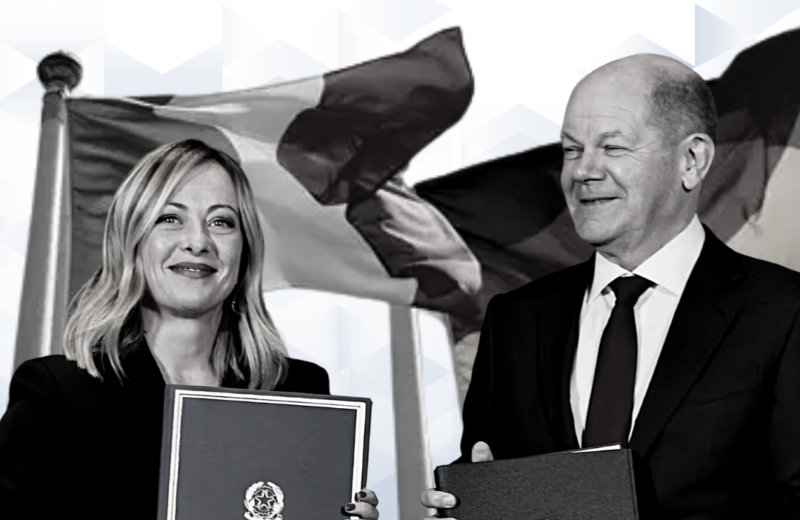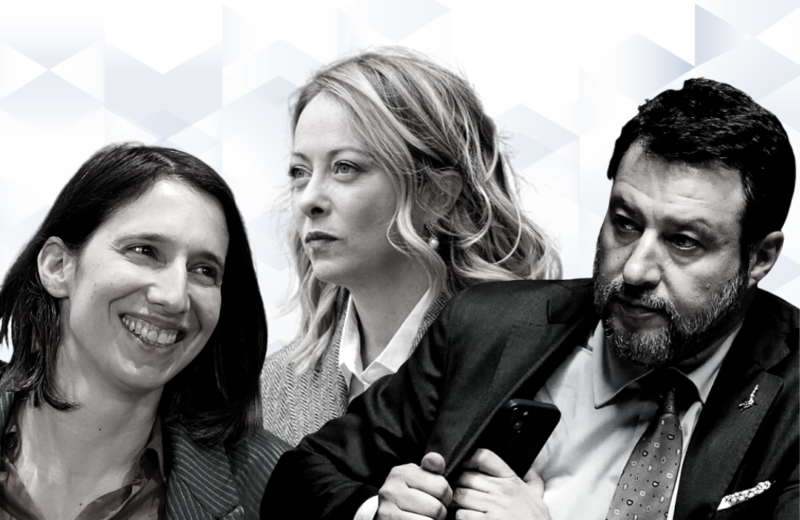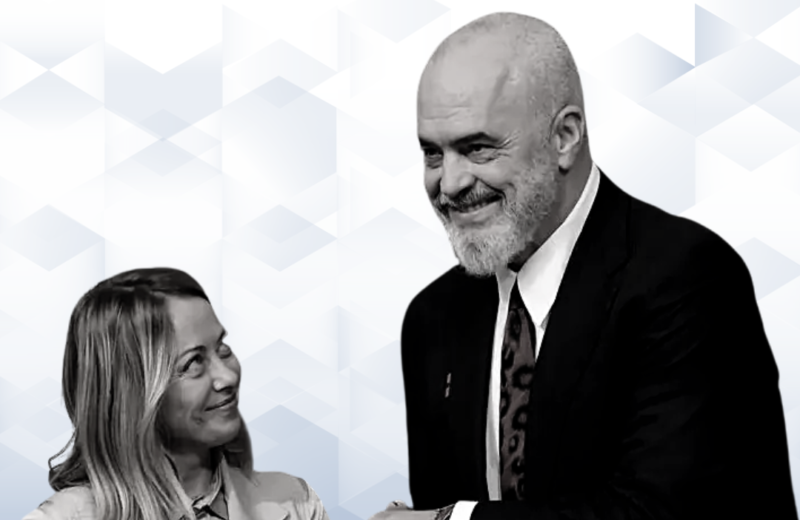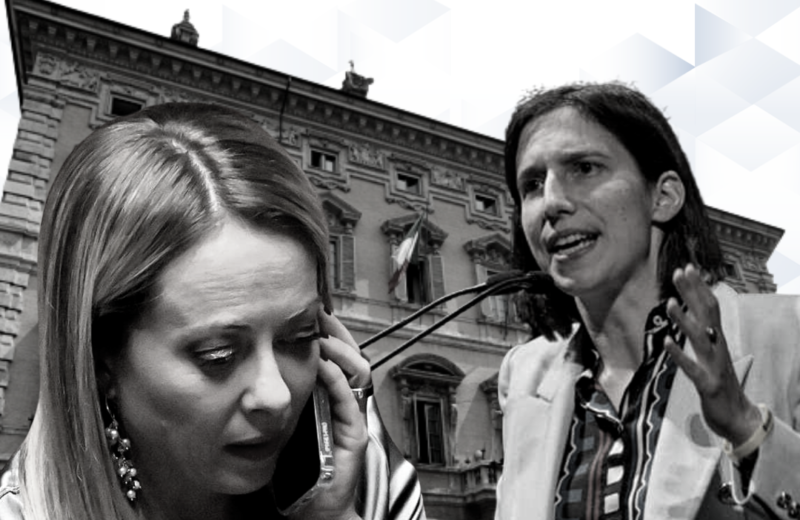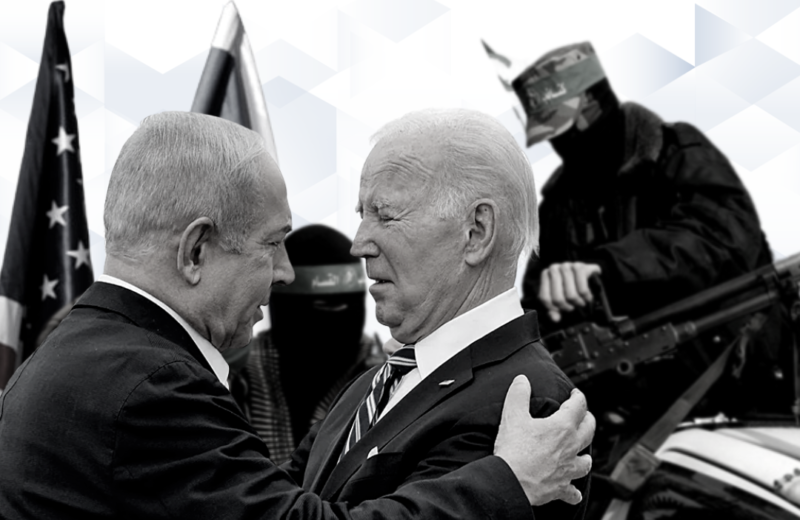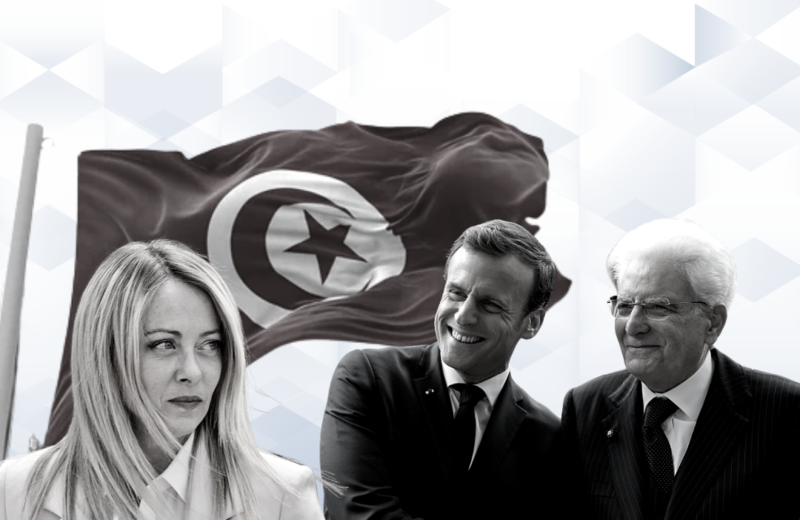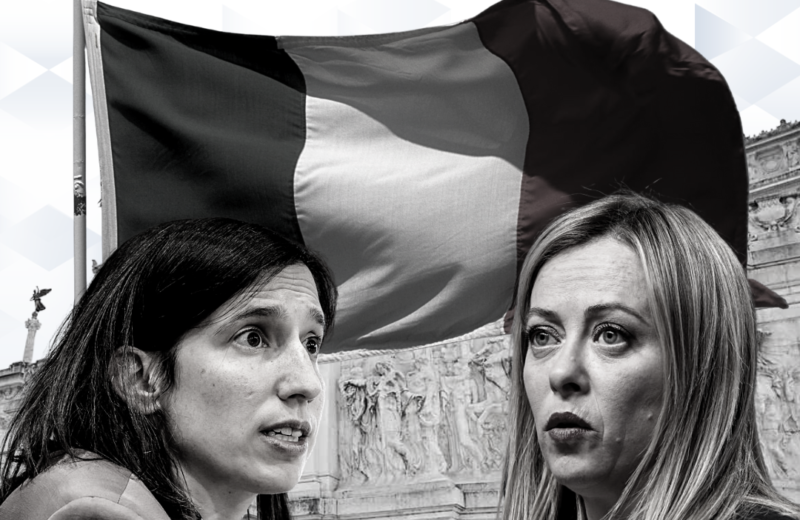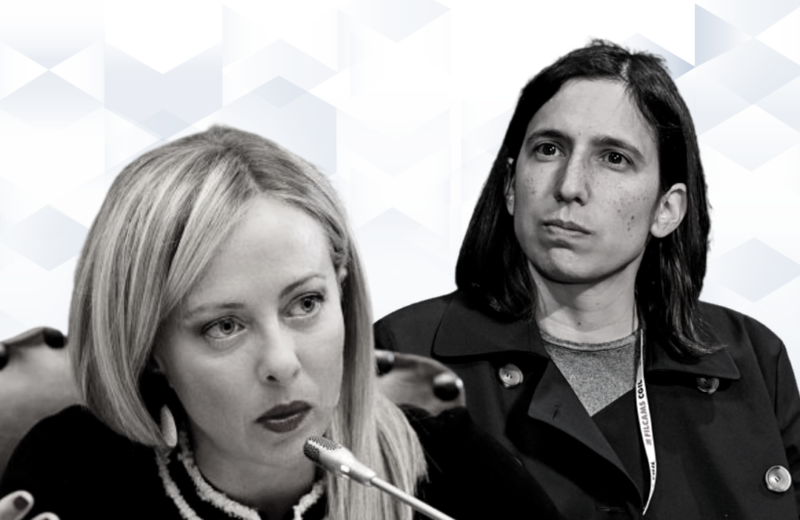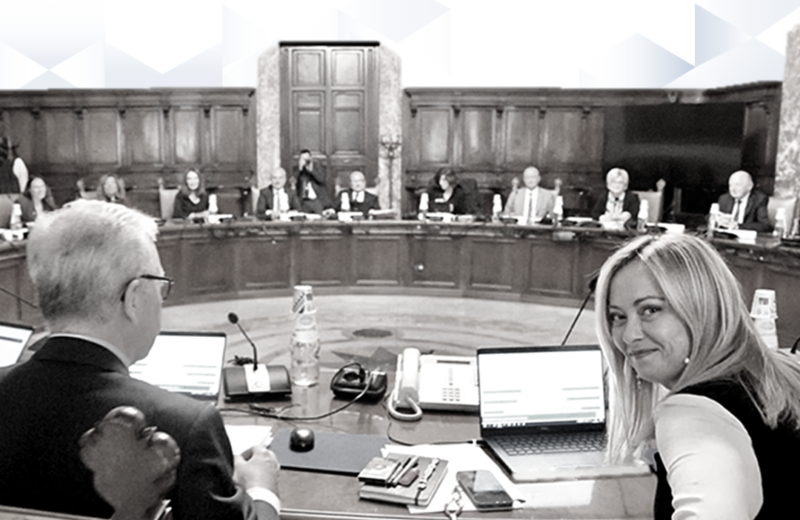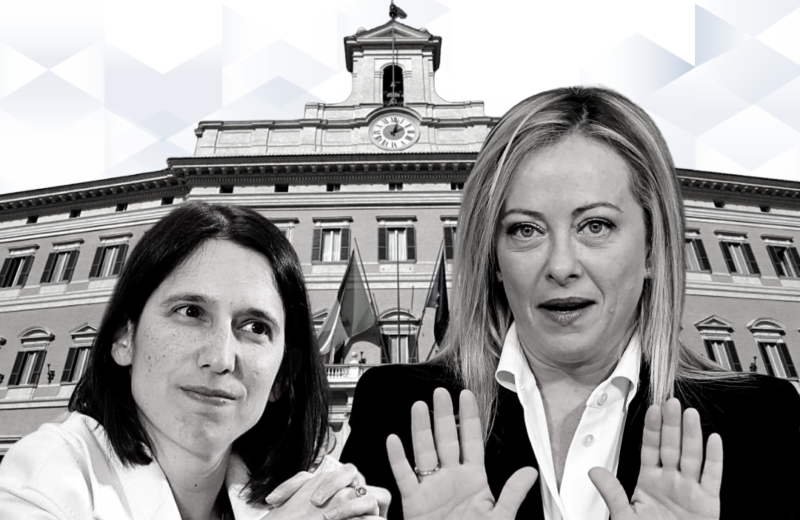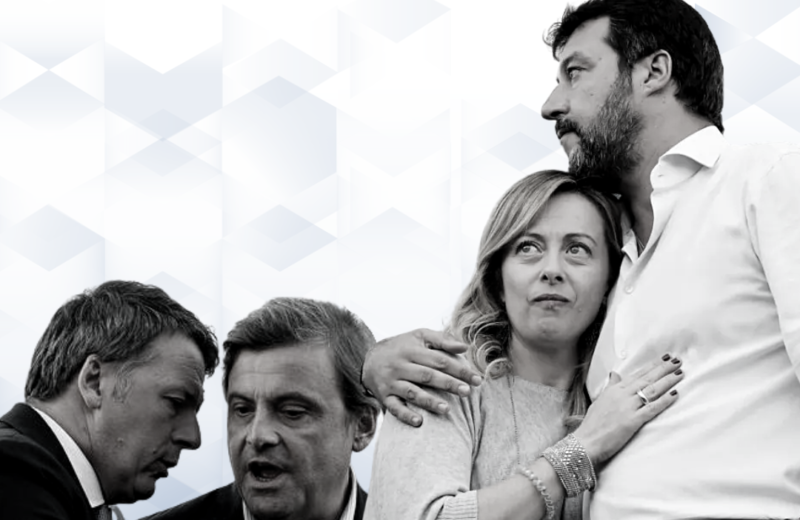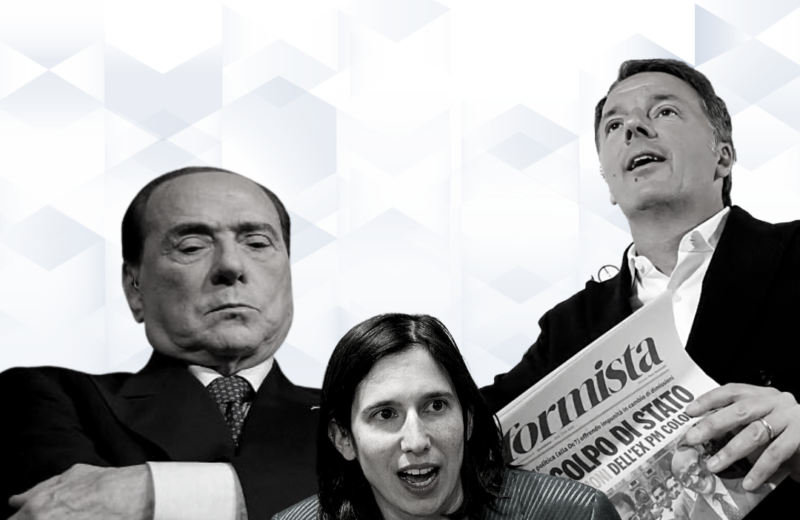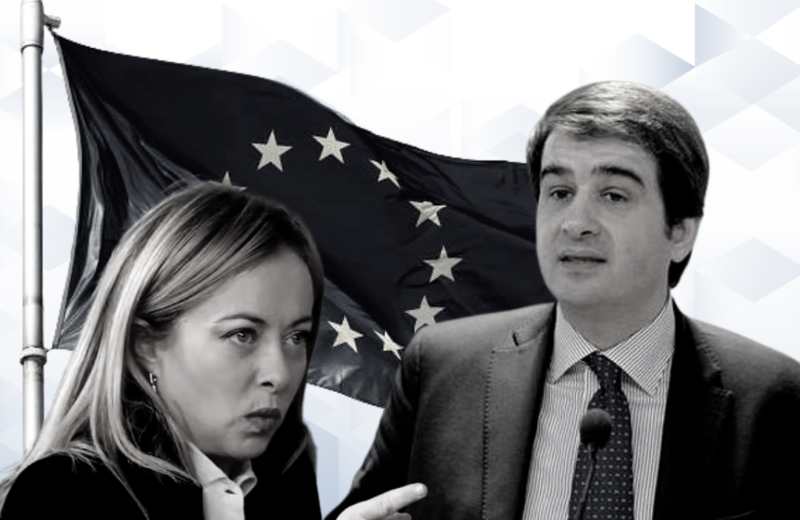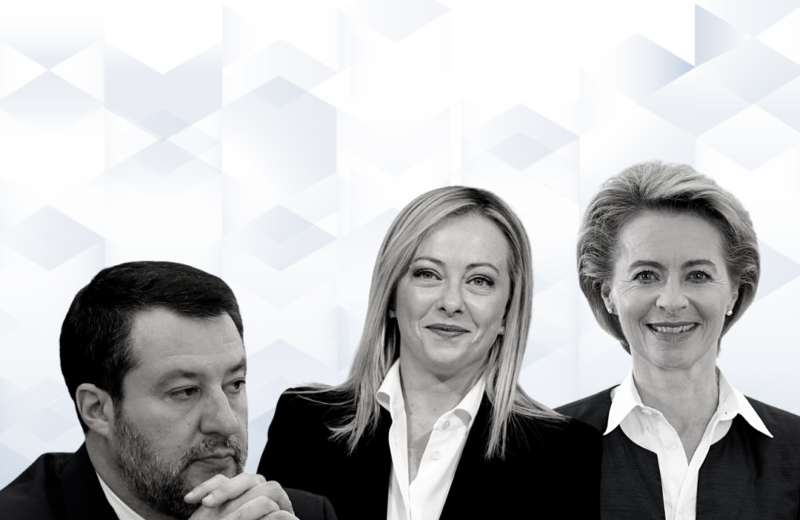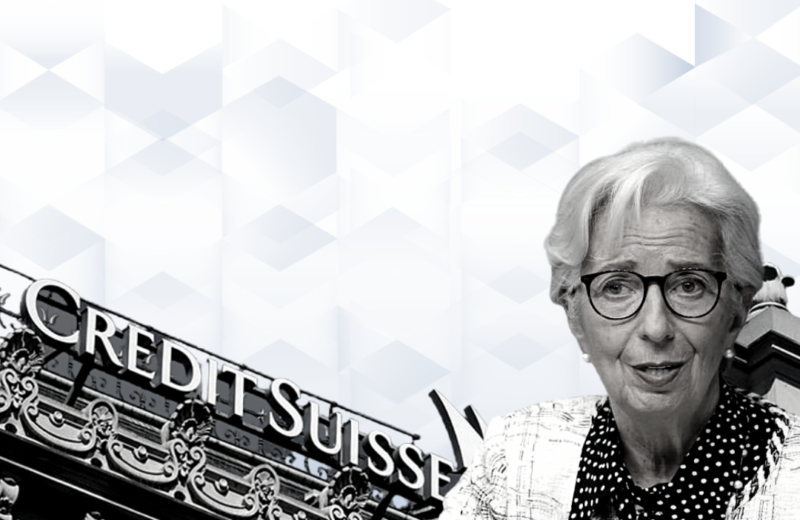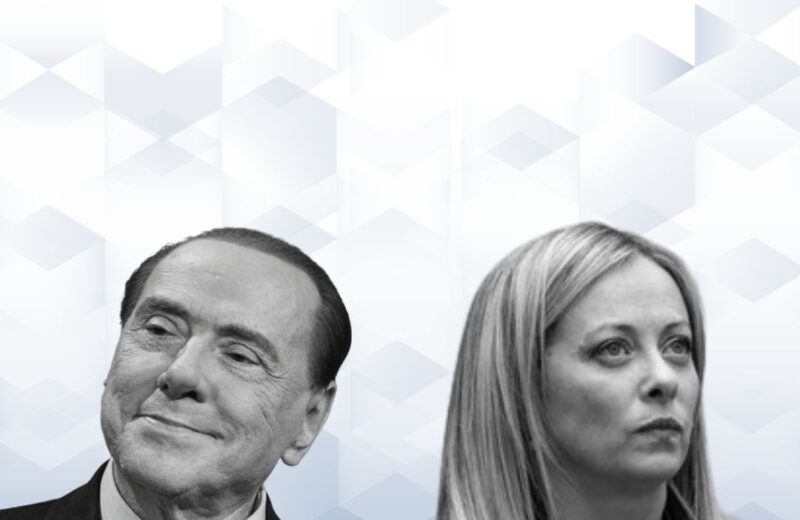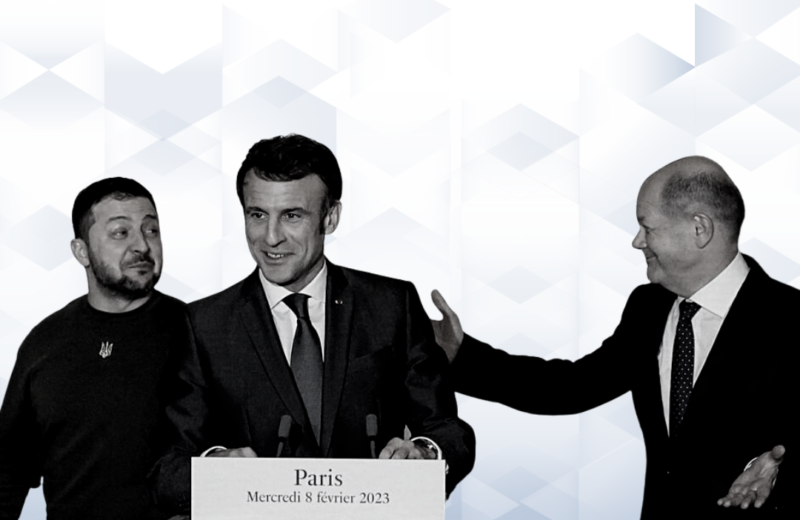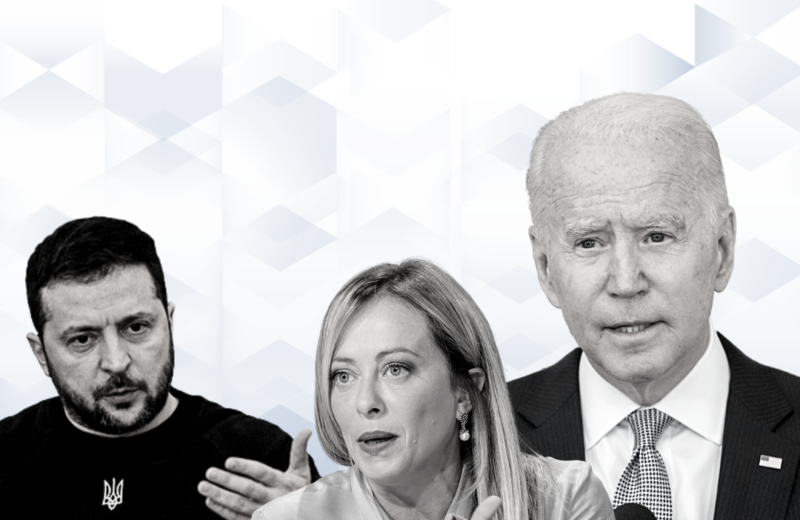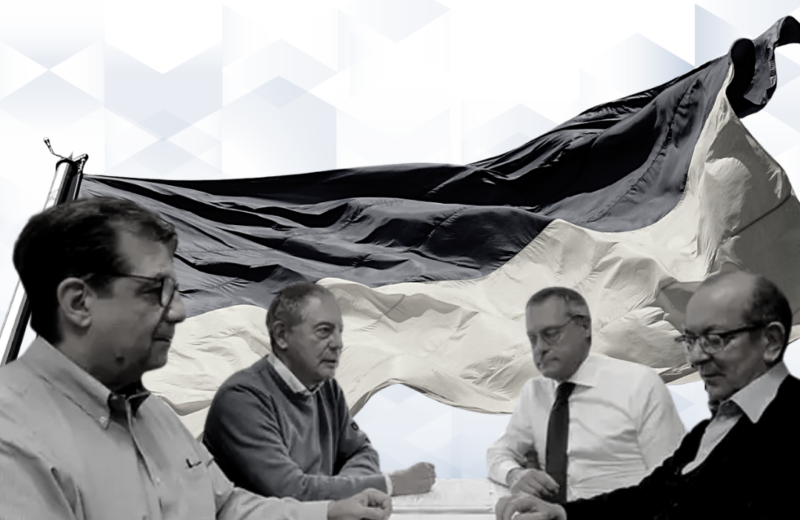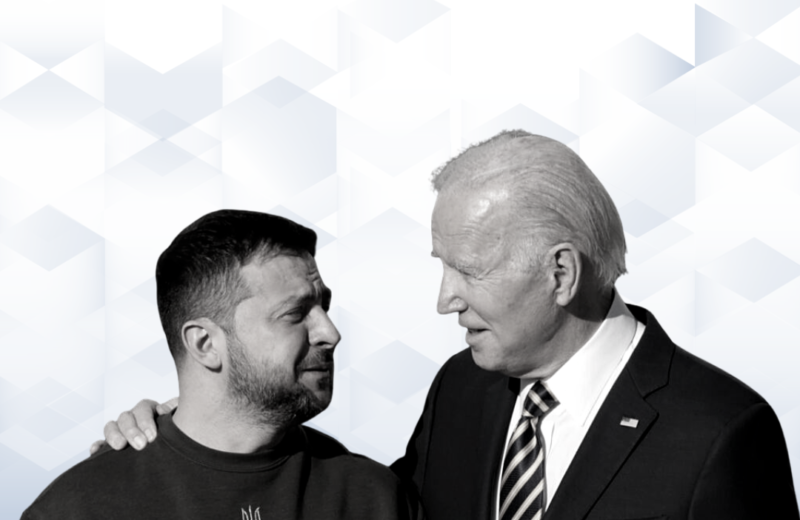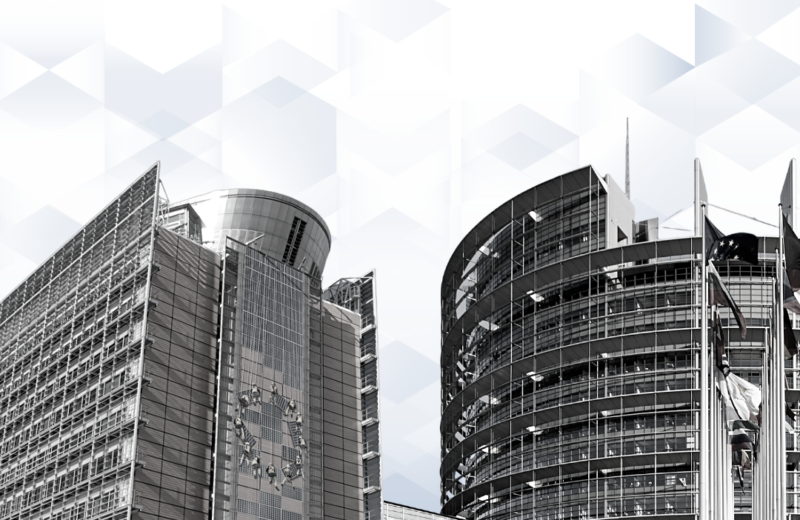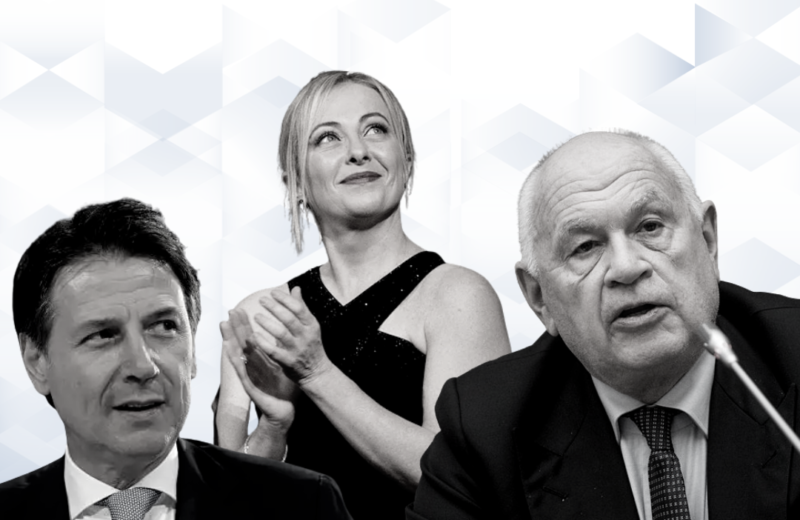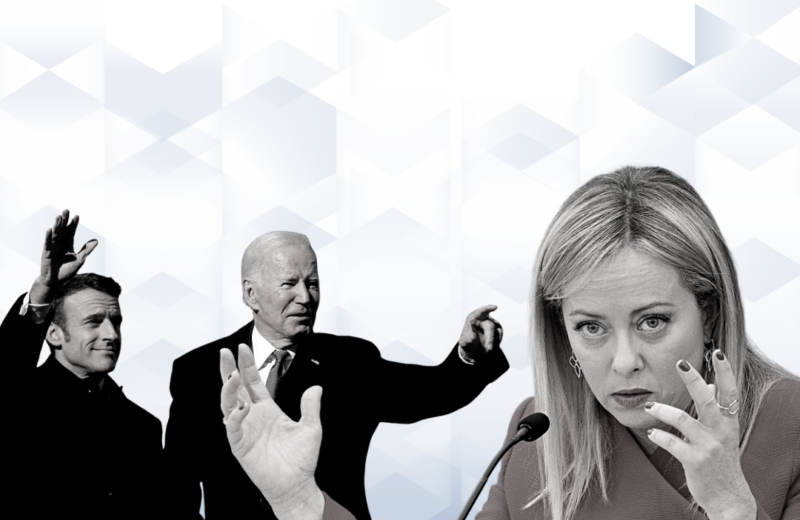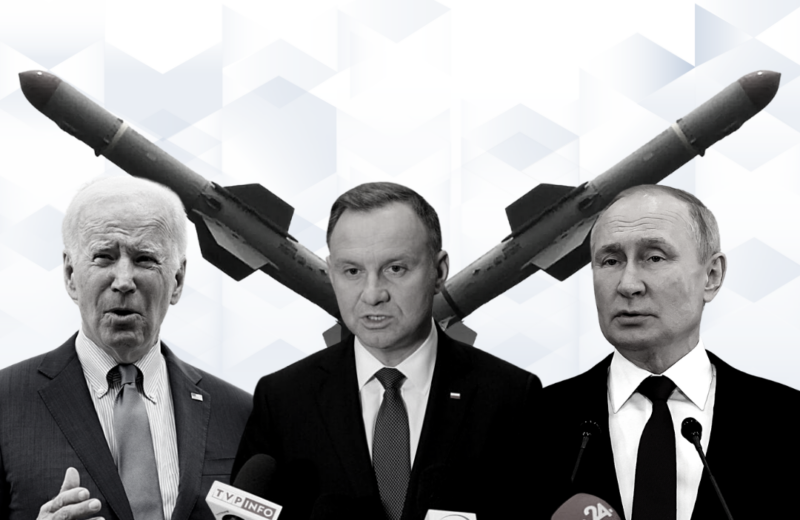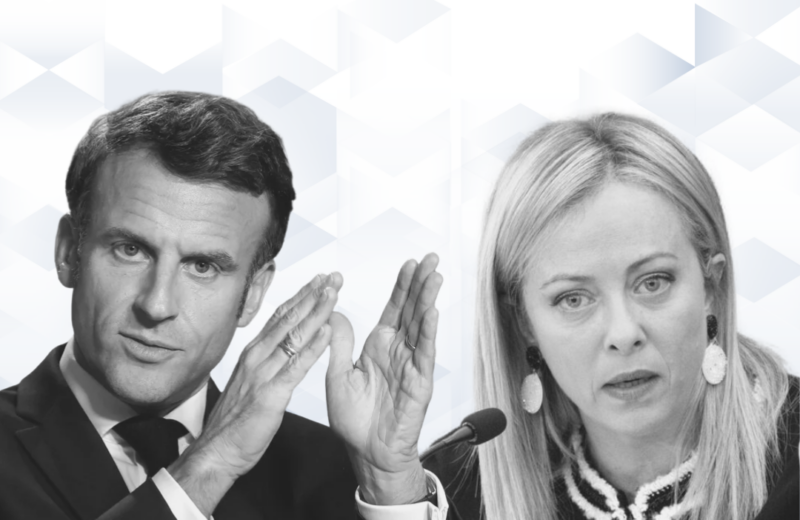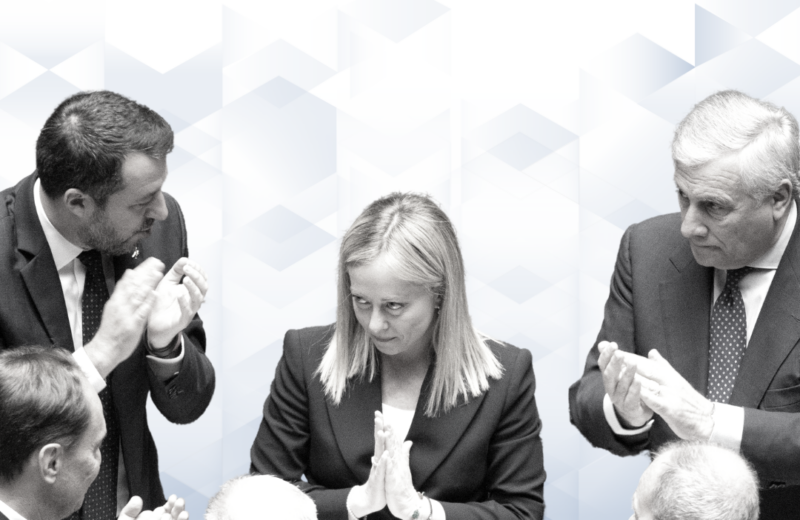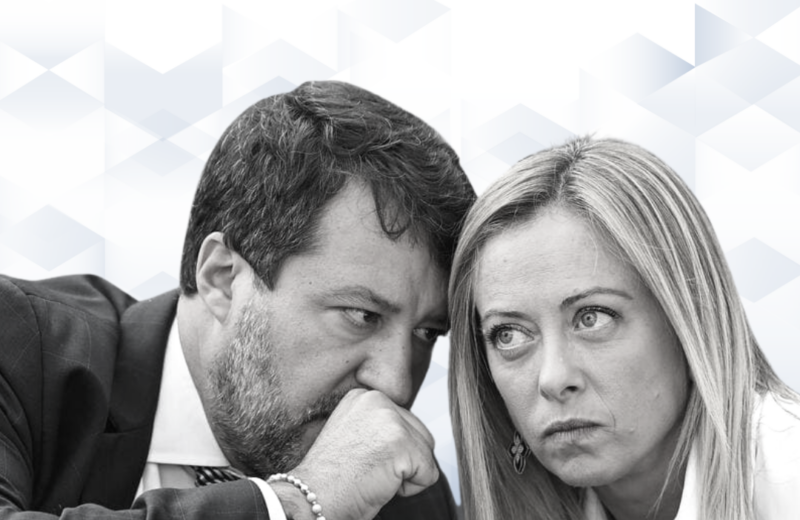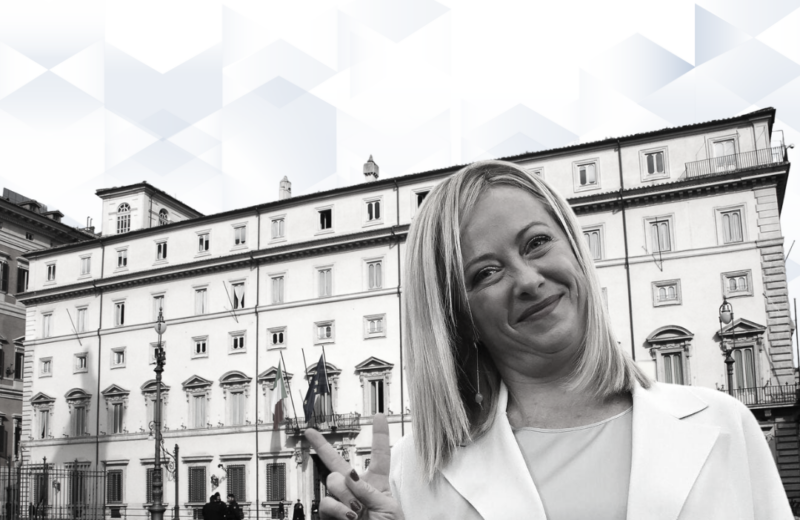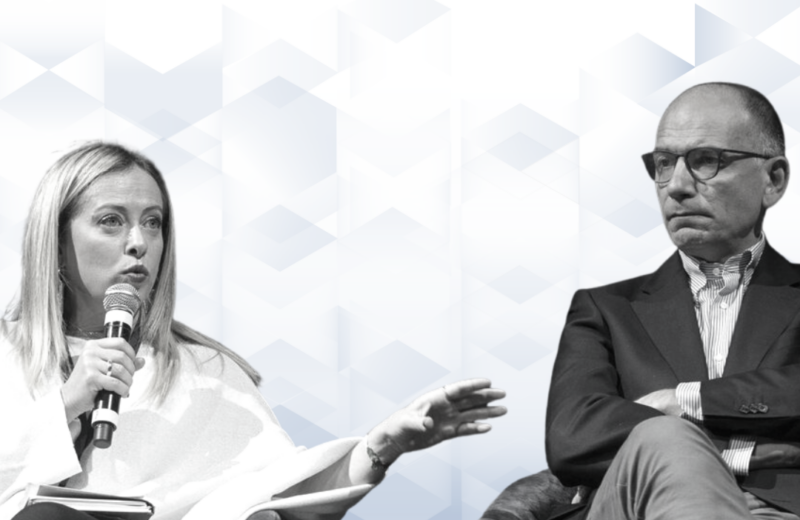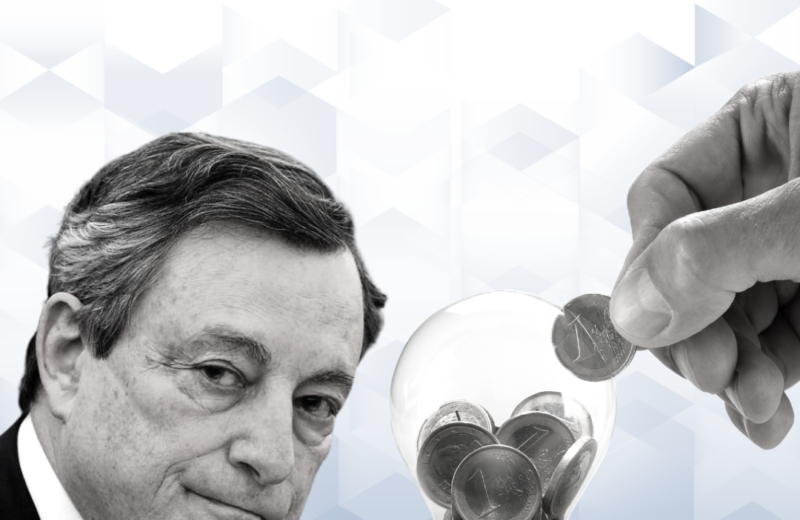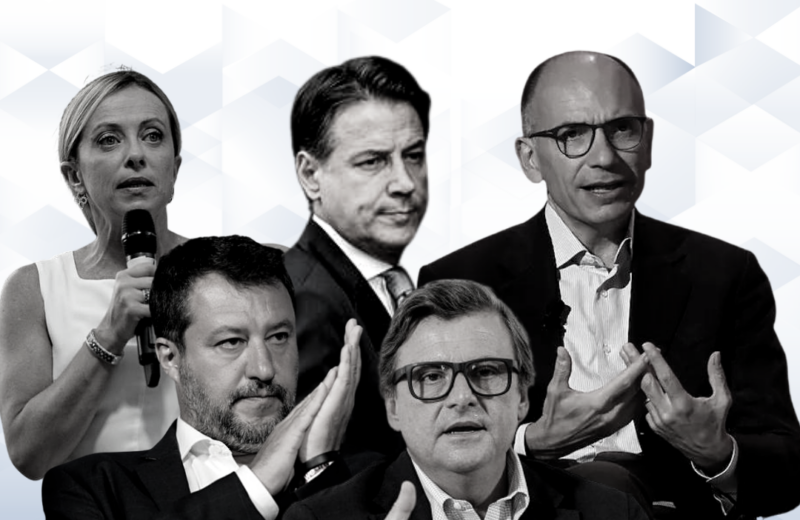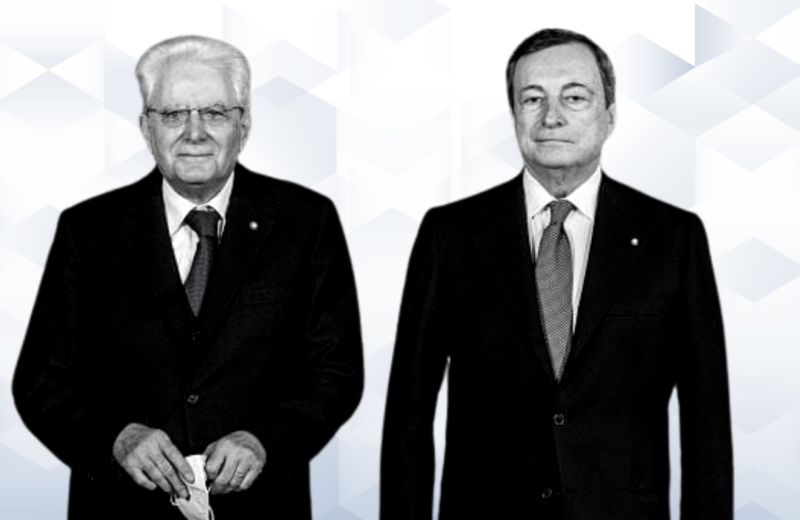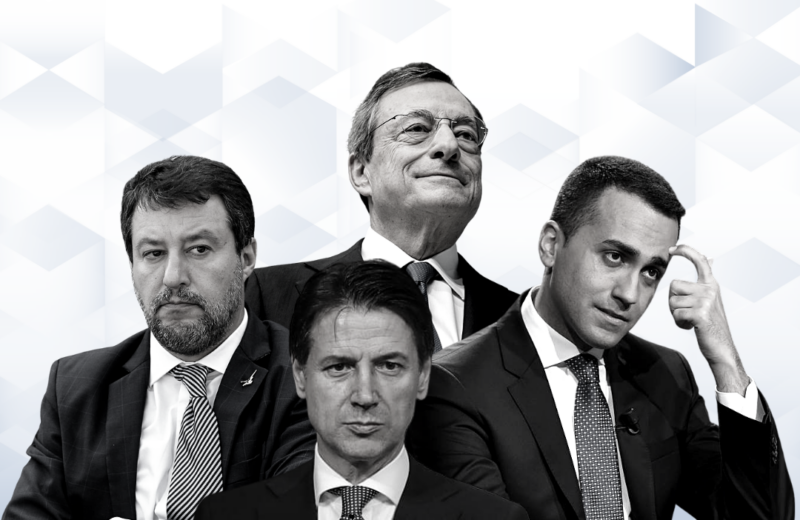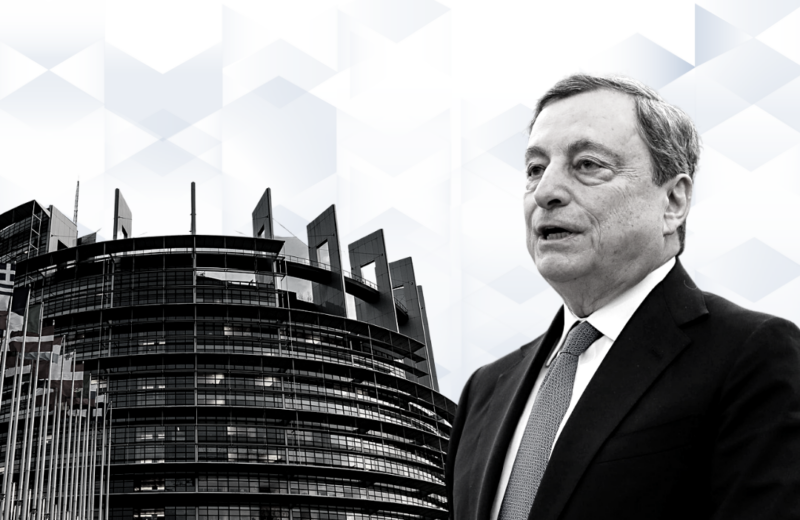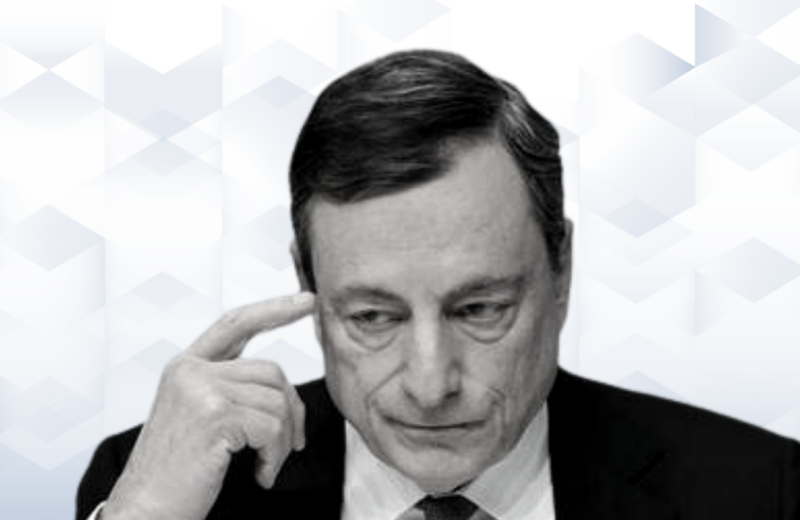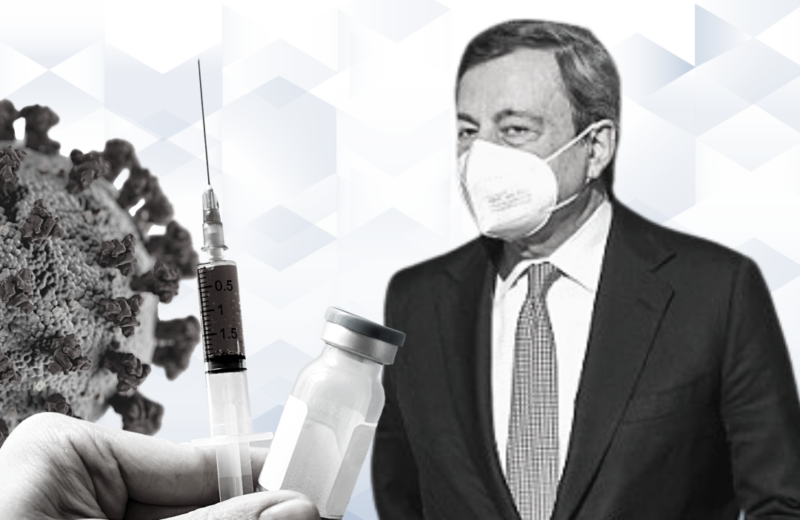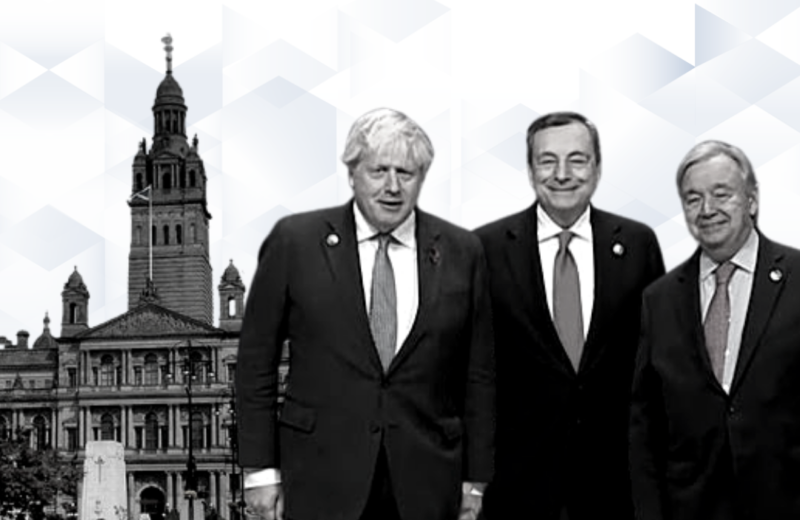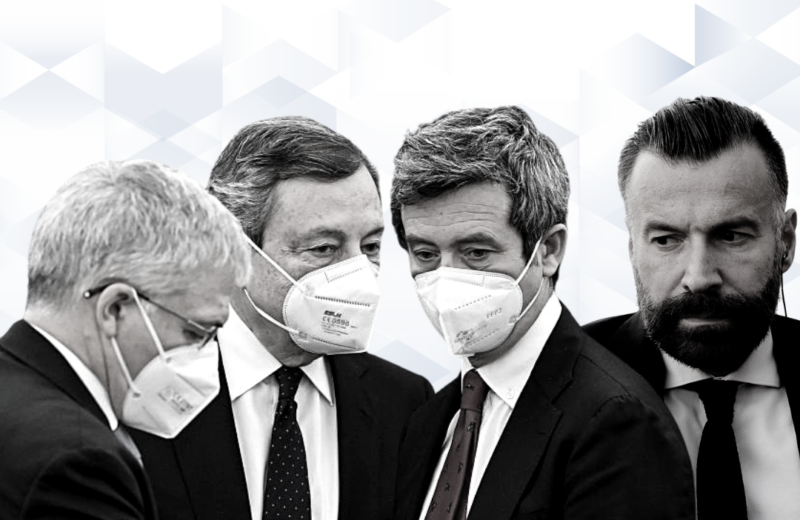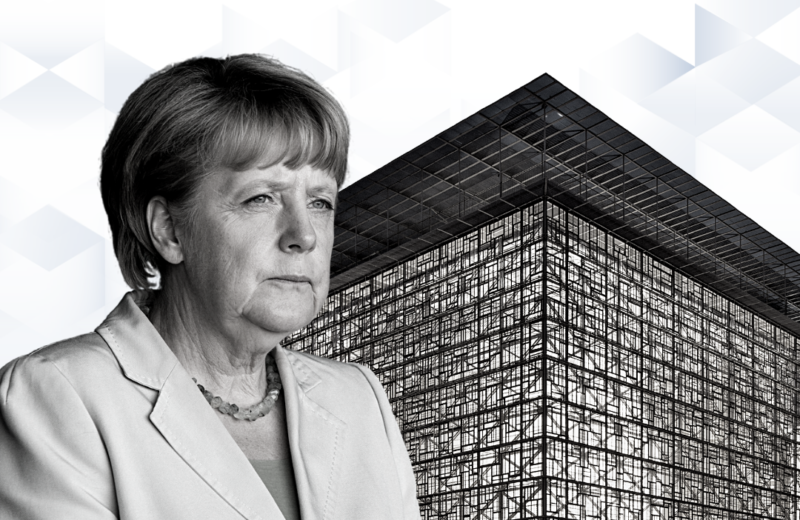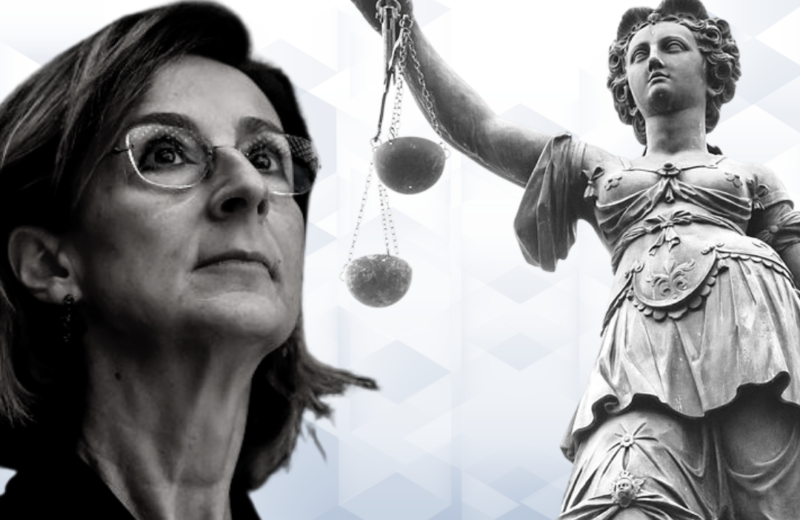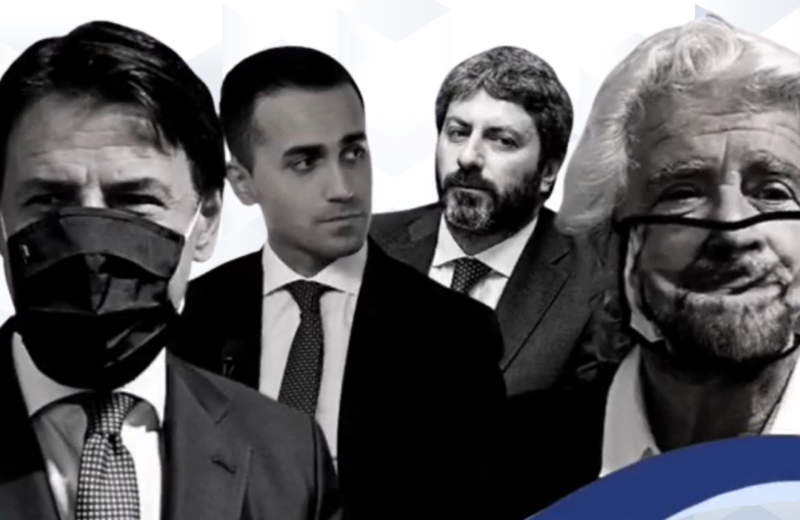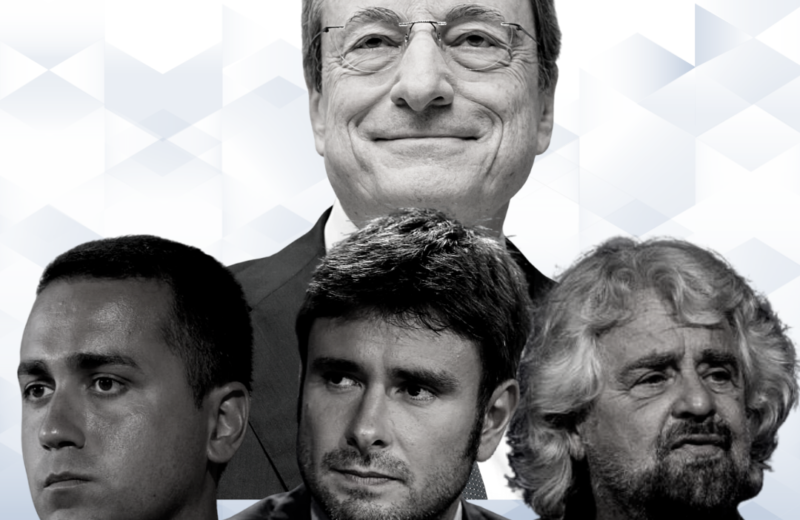Elections and analysis of the vote
The elections in Abruzzo seem to have calmed, momentarily, the political schizophrenia exacerbated by the wild alternation of emotions in the double round of regional elections, first in Sardinia and then in Abruzzo. A round that delivered a few considerations to the debate. The first is that the centre-left in this regional “laboratory” seems to have tested the formula of the “wide field”, the only instrument for building a coalition capable of representing a true and powerful antagonist to the centre-right. The container works on a numerical level, but on the contents there is still much work to be done. Schlein’s real challenge is precisely this: to find a common thread to give this great electoral mix a political identity. On the other hand, the centre-right has seen its internal balance change somewhat. Lega is in free fall and Forza Italia is on the rise. Fratelli d’Italia, on the other hand, has consolidated its position of dominance. What has emerged? That centrifugal tendencies at this stage are not paying off. And above all that Salvini’s leadership is under scrutiny. And the European elections, from this point of view, will be a crucial test.
Later in the week, the first ministerial meeting of the Italian G7 Presidency took place in Verona. The topic was industry and in fact Adolfo Urso, Minister of Enterprise and Made in Italy, chaired the meeting. The theme was “Growing Together” and among the discussion areas proposed by Italy were: application of artificial intelligence and emerging technologies to the industrial fabric; security and resilience of supply chains and networks; sustainable and inclusive digital development at global level, with a focus on Africa, in line with the Mattei Plan. At the end of the day, Minister Urso said: “We can be fully satisfied with this first meeting of the Italian G7 Presidency. It has served to put industry and the technologies that enable us to grow on the road to development back at the centre of our economies and countries”. The work will then continue on Friday in Trento with a focus on digital issues.
On the foreign front, the spotlight is on the Russian elections at the weekend, which come two years after the Russian invasion of Ukraine and almost a month after the sudden death of political dissident Alexei Navalny. Current President Vladimir Putin is thus preparing to be reconfirmed for his fifth term of office until 2030, and potentially until 2036, as stipulated in the Constitution specially amended four years ago. In fact, the outcome of the election seems rather foregone conclusion, especially given the extent to which Putin’s political opponents have been ousted from the electoral race. Formally, in fact, there are only three other candidates: Liberal Democratic Party leader Leonid Sluckij, Communist Party deputy Nikalaj Charitonov and State Duma deputy Vladislav Davankov. Instead, Boris Nadezhdin, an opposition politician close to Navalny, was excluded in February for alleged irregularities in the collection of signatures required for candidacy. However, none of them actually has the power – nor probably the will – to really influence the outcome of the vote. Indeed, critics of the Kremlin point out that the role of these three politicians is essentially to channel discontent and give an appearance of pluralism to the vote, at a time when the opposition has been decimated by repression and military censorship.
The elections are accompanied by a climate of trending optimism from a global financial point of view, thanks to a piece of news that has caused much discussion in the markets over the last few days: the most popular of cryptocurrencies, Bitcoin, has once again beaten every valuation in its historical series in a new run that has lasted since the beginning of the year. With this acceleration (+70% since the beginning of the year and +150% since last September), the mother of cryptocurrencies has taken its market value to $1.4 trillion, in fact surpassing the capitalisation of silver. It is a surge that provokes different reactions among experts. Some sceptical, others convinced that by the end of the year the cryptocurrency will touch $150,000. What is certain is that the market at this stage is extremely euphoric. So the risk of getting hurt, especially if trading without a strategy, a broad time horizon and knowledge of the instrument (be it a bond, a stock or Bitcoin), is always just around the corner.
